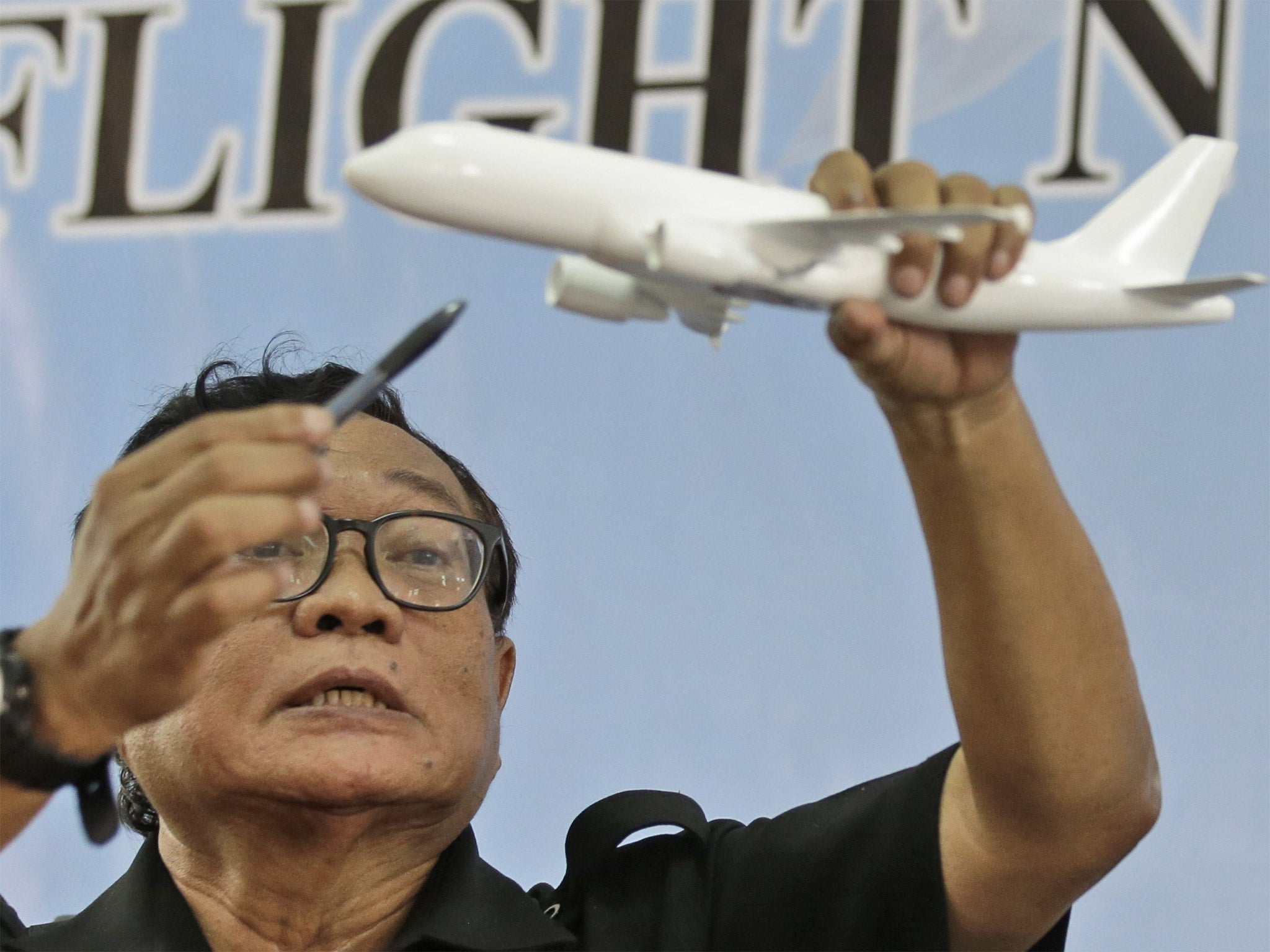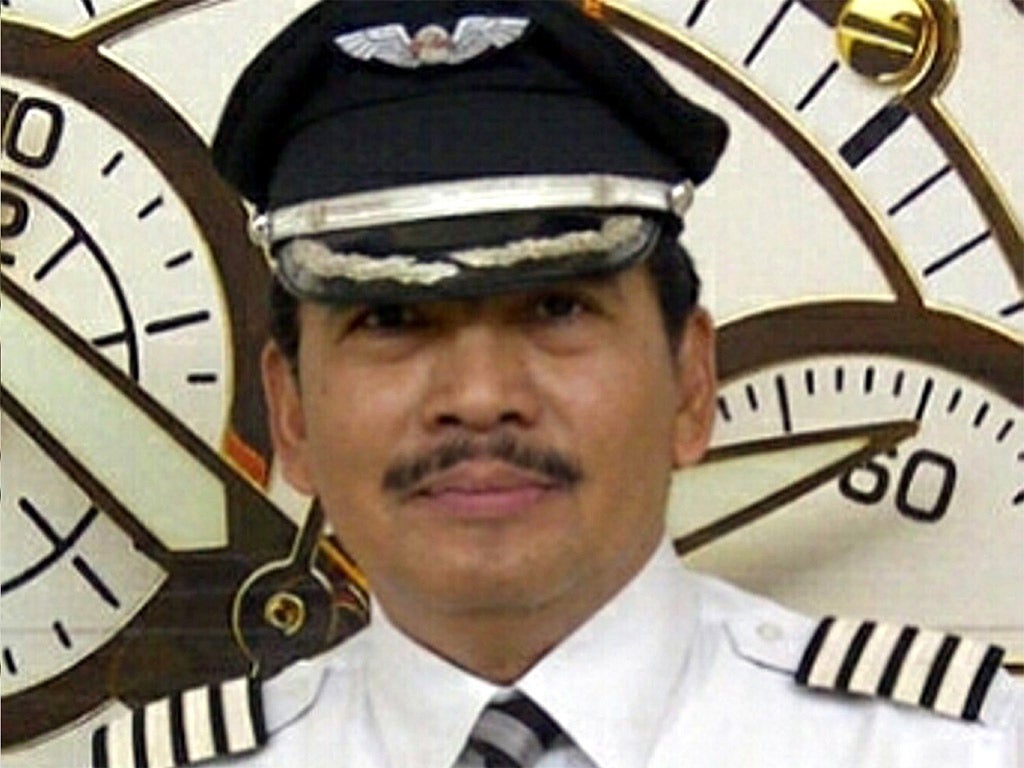AirAsia flight QZ8501: Catalogue of errors that led to crash revealed
Errors turned a minor and entirely survivable issue into the first crash in the history of the budget airline

The families of the victims of AirAsia flight QZ8501 will read the accident report and weep for the wasted lives that could so easily have been saved - were it not for the fatally flawed responses of Captain Iriyanto and the co-pilot, Remi Emmanuel Plesel.
Almost a year after the Airbus A320 plane disappeared on a scheduled flight from Surabaya in Indonesia to Singapore, the sequence of events that led to the loss of 162 lives is laid out in chilling detail in the Indonesian National Transport Safety Committee report. It reveals a catalogue of errors that turned a minor and entirely survivable issue into the first crash in the history of the budget airline.
The trigger for the disaster was a cracked piece of soldering on a circuit board. It created an intermittent fault showing a failure in a rudder travel limiter - the mechanism that stops a plane’s rudder from turning too far while airborne.
The same fault had occurred an average of once every two weeks in the previous year - including 13 times in the previous eight days. Because the fault could not be replicated on the ground, replacing the part was never considered.
On Christmas Day last year, three days before the crash, Captain Iriyanto had himself experience the problem while on the ground aboard the same aircraft. The engineer showed him a fix that involved removing and replacing a circuit breaker for the flight augmentation computer. That was a reasonable solution while the aircraft was on the ground. But when the fault occurred while flight QZ8501 was at 32,000 feet above the Java Sea, the captain tried the same procedure.

The fault was cured - but the action also disconnected the autopilot and causing a two-degree rudder deflection. This would normally have been a trivial matter to correct, but the crew ignored it for nine seconds – by which stage the aircraft was banking at an angle of 54 degrees.
At this stage the flight was still recoverable. But the co-pilot, Remi Emmanuel Plesel, ended up battling with the captain for control of the flight. They both had independent side-sticks, and the co-pilot’s command of maximum climb prevailed over the captain’s correct reaction to push the nose down.
With the captain calling “pull down’ - itself an ambiguous command - the aircraft soared at a vertical speed of 100mph until it reached 38,000 feet. It then entered a fatal stall, descending at up to 220mph - far higher than its forward speed - before it crashed.
The report concluded that the pilots’ actions “resulted in the aircraft departing from the normal flight envelope and entering prolonged stall condition that was beyond the capability of the flight crew to recover.”
The report notes that: “The flight crew had not received the operator upset recovery training on Airbus A320 as it was not required according to the Airbus Flight Crew Training Manual.”
The flying community noted shocking similarities to the Air France 447 crash in the Atlantic in 2008. The pilots on an Airbus flying from Rio to Paris reacted incorrectly to perfectly survivable circumstances, sending the plane into a stall that cost 228 lives.
“Their inability to recover the plane - similar to AF447 - is of grave concern,” was one comment on a pilots’ forum.
Join our commenting forum
Join thought-provoking conversations, follow other Independent readers and see their replies
Comments
Bookmark popover
Removed from bookmarks